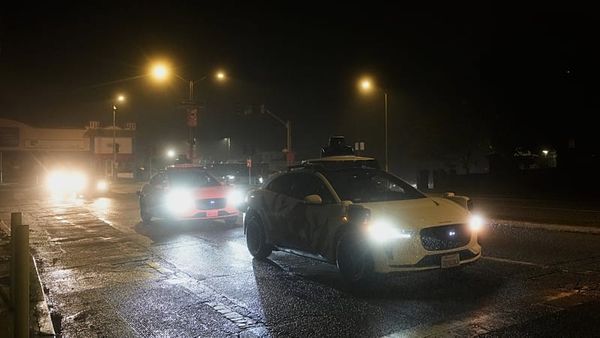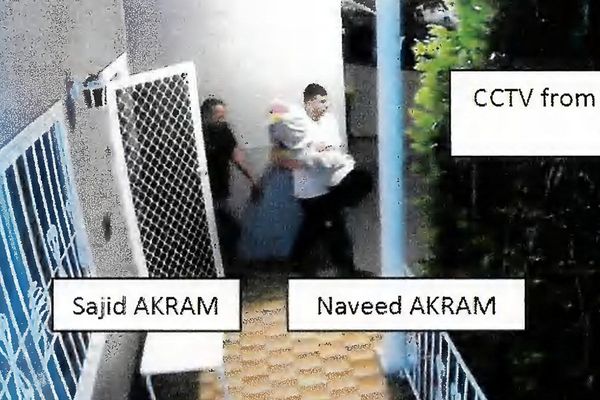
Even in a state that has become accustomed to severe conflagrations, the rapid surge of wildfire that has torched the Los Angeles area has been shocking, triggering mass evacuations that have left behind charred suburban homes.
Several major fires are enveloping LA, including one raging in the western Pacific Palisades and another in the eastern mountains above Pasadena, where five deaths have been recorded.
Roughly 130,000 people are under evacuation orders in the US’s second-largest city.
Gavin Newsom, the governor of California, called the situation “unprecedented” as he ordered 1,400 firefighters to help quell the blazes. The fires caused the skies to turn a dystopian orange, cut power to several hundred thousand people, triggered panicked getaways that caused cars to pile up in the roads and incinerated scores of homes, including those of Hollywood film stars in Malibu.
While fire is not new to California, several factors have helped fan the flames, leading to “one of the most significant fire outbreaks in history”, according to Ariel Cohen, a meteorologist at the National Weather Service in Los Angeles, who spoke of an impending “catastrophe”. He said: “I’m pleading with everyone: if you receive that evacuation order, take it seriously. Your life depends on it.”
So why have the fires been so bad?
Powerful Santa Ana winds can stoke sparks
The fires have been spread at an express pace by fierce winds that have hit 80mph, even getting to 100mph in some mountainous areas.
California’s cooler months often bring what are known as Santa Ana winds, which are the strong, dry gusts that blow in from the US’s vast western desert interior to southern California.
These winds provide dry, warm air that pushes towards the coast, the opposite of the usual moist air blowing in from the Pacific Ocean to the region. This causes humidity to drop, helping dry out fire-prone vegetation and spurring flames. The Santa Ana winds have in the past contributed to some of California’s worst fires.
“This is a particularly dangerous situation – in other words, this is about as bad as it gets in terms of fire weather,” the National Weather Service said before the latest Los Angeles blazes.
The wind also exacerbated another problem, when the water tanks supplying the Pacific Palisades – where the largest of the fires broke out – ran dry. Three 1m-gallon tanks serve the neighborhood, but urban water systems are not designed to fight wildfires, and after heavy firefighting efforts in the early hours of Wednesday morning they had been depleted.
But the winds grounded all firefighting aircraft by 7pm on Tuesday. Only by Wednesday afternoon were Los Angeles fire department helicopters allowed to resume dropping water on the fire from above.
Dry conditions follow the wet
Along with the strong winds, recent conditions in southern California have added literal fuel to the fire. Two winters of heavy rainfall, particularly in 2022 and 2023, caused vegetation to sprout across the Los Angeles region, but this winter has been exceptionally dry, with much of southern California locked in drought.
This means that there are plenty of trees, grasses and shrubs to catch fire, and most of them are parched of water, meaning they combust more readily.
While northern California has received plenty of rain this winter, there is a “remarkable” precipitation divide in the state, according to climate scientist Daniel Swain, with parts of southern California having their driest periods in more than 150 years.
“It is truly a matter of the precipitation ‘haves’ and ‘have-nots’ at the moment and there is no real prospect for this to change in the short term,” Swain said. “Even in the long term, it remains possible this overall dipole persists for the rest of the season, though hopefully with less extreme intensity.”
The climate crisis is bringing the heat
While the collision of high winds and dry conditions have worsened the fires scorching Los Angeles, the influence of the climate crisis is making such blazes more common and devastating.
Until just two years ago, California was in the teeth of a decades-long drought that was part of a broader “mega drought” across the US that researchers estimate was the worst in at least 1,200 years. Rising global temperatures, caused by the burning of fossil fuels, have caused an increase in “fire weather” days owing to the drying out of vegetation and soils and lowered humidity.
Fires in the US west are becoming more frequent and larger, scientists have found, with the climate emergency raising the risk of fast-moving fires by around 25% in California. Ten of the largest California wildfires have occurred in the last two decades, with five of these fires occurring in 2020 alone.
Researchers have calculated that the human-caused climate emergency has contributed to a 172% increase in California’s burned areas since the 1970s, with a further spread expected in the decades ahead.







